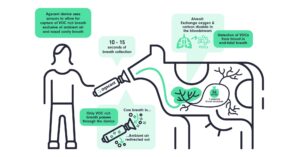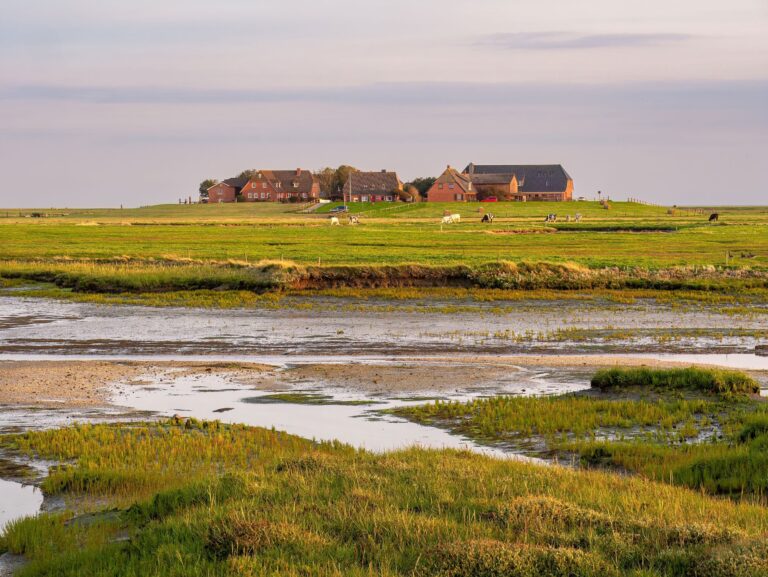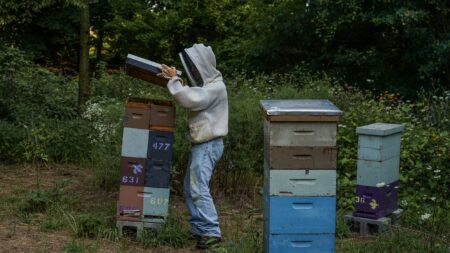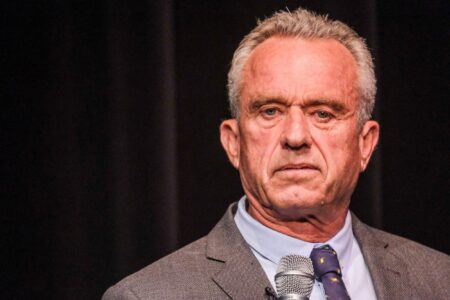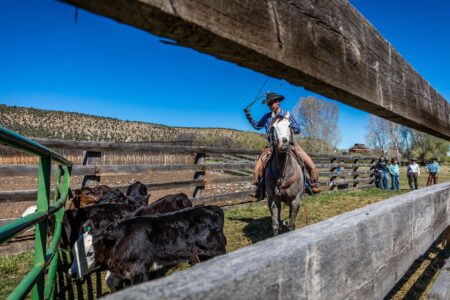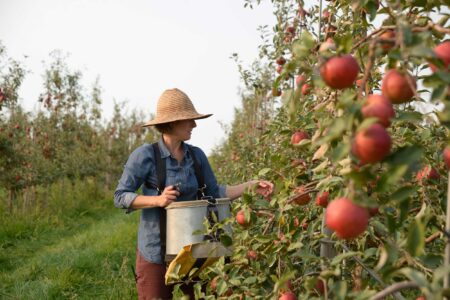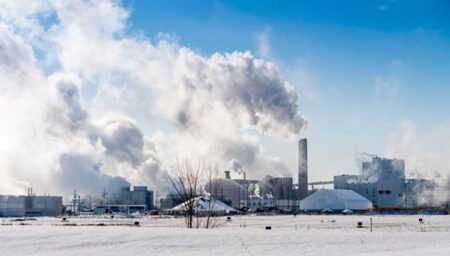Hurricanes can often be forecast days, or even weeks in advance, thanks to global weather models and international cooperation among meteorologists. But for one farmer on a small island in Northern Germany, even a few centimeters of tide change in the span of hours can mean the difference between safety and disaster.
Nommen Kruse lives on the Halligen — low-lying, mound-based islands off the coast of Schleswig-Holstein, Germany, where land barely rises above sea level and is shielded from regular tides by manmade seawalls. On the Hallig of Noordstrandischmoor, 18 people live in four homesteads. The island has a schoolhouse for children up to age 15 and a small railroad. Each family owns a rail cart to travel the one-mile track to the mainland.
For the elevated mounds known as warft, weather is not just a curiosity, it is a matter of survival. About 20 storm surges strike each year, sometimes lasting up to 24 hours and flooding the surrounding land, sometimes cutting off access to the mainland for weeks.
Residents rely on tide tables, storm surge models, and wind forecasts to determine the timing of these events. That information comes from international partnerships between the U.S. National Weather Service (NWS), National Oceanic and Atmospheric Administration (NOAA), and the European Centre for Medium-Range Weather Forecasts (ECMWF).
These relationships ensure that high-resolution global data is available to local governments, agencies, and even individual farmers.
Just as farmers in the United States rely on reports from the federal Department of Agriculture, data from the National Agricultural Statistics Service, and weather forecasts to guide market decisions and daily operations, farmers around the world also depend on timely, accurate information. It is not only America’s heartland that waits for the forecast — and fears the consequences when these services are disrupted or taken away.
“We check data constantly, and when [a storm surge] is coming, we have to move the sheep to the highest part of the mound, in the barn, or sometimes in the house,” Kruse said.
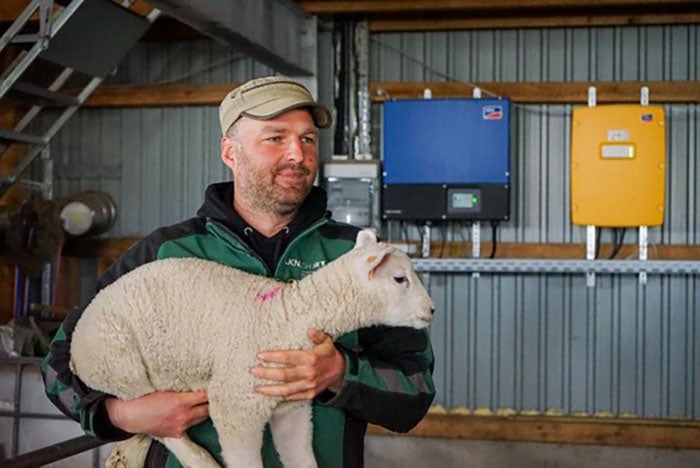
But recently, Kruse, coastal residents, and scientists along the North Sea are noticing inconsistencies.
Key NOAA databases are being unexpectedly decommissioned, and international collaborations have become more difficult. Funded research projects, like buoy and Argo probes that collect vital sea data, are expected to lose support this summer, as the U.S. Commerce Department fails to renew contracts and will soon pass a new budget.
These budget reprioritizations in America have already shuttered local weather services in the United States, impacting fishermen, coastal communities, and hurricane-prone regions. Now, farmers and researchers abroad are beginning to experience service changes as international partnerships weaken.
Communication among scientists has slowed as fewer NOAA staff are able to attend international meetings, often due to preapproval requirements that are being delayed or denied by political appointees. Foreign officials are taking notice.
“We’re noticing that some colleagues are no longer present at meetings,” said Helge Heegewaldt, President of Germany’s Federal Maritime and Hydrographic Agency (BSH), in an interview with a German news service.
So far, more than 1,000 NOAA staff have been laid off under the current leadership of the U.S. Commerce Department, with an additional 10 percent to 15 percent reduction anticipated.
Less funding, less accuracy
Almost three-quarters of the land in Germany’s northernmost state is dedicated to agriculture. Every year, Kruse lambs over 100 sheep on 60 hectares. In the summer, a herd of cattle grazes on the pastureland and swims back to the mainland before storm surge season.
Kruse and the coastal protection agency could be experiencing data dropouts in the services that he uses, as data streams are switched, or decommissioned.
While Germany and Europe are largely self-sufficient and some experts say European forecasts are superior to American models, Kruse still prefers U.S. forecasting platforms from the National Weather Service, like Windfinder. He uses multiple sources daily during anticipated storm surge weeks, noting that missing even one stream of data can increase the risk.
Tracking changes in models and data delivery can be difficult. Weather organizations around the world contribute to the World Weather Archives, every six hours from the U.S. and every 12 hours from the European Centre.
“Data dropouts occur, and there is no requirement for notification of the dropouts,” said Richard Rood, professor emeritus of climate and space science and engineering at the University of Michigan. He has worked as both a NASA executive and external expert to projects at the ECMWF in Europe.
On June 16, a Polar Operational Environmental Satellite managed by NOAA was officially retired, an expected move due to age, but without a replacement. This, Rood said, was the first and largest true test of the resilience of key data streams without U.S. support, which the “operational centers handled this transition well.”
However, this is just one of many reported programs whose departures are anticipated. Based on non-statutory agreements, meteorologists, scientists, and farmers don’t have to be notified of sudden cuts or data droughts.
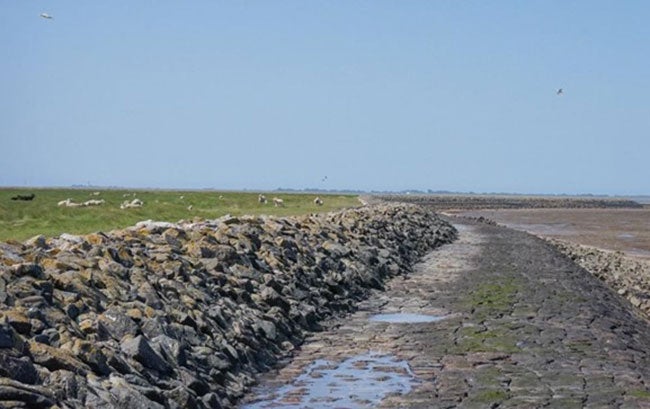

The German government has flagged the Argo floats program, a coastal monitoring effort in Northern Germany and globally using 4,000 U.S. buoys and models, as especially vulnerable. It is currently funded entirely by the U.S.
In response to planned U.S. cuts, countries are scrambling to compensate. Hamburg is urging the new federal government to invest €20 million more annually in research and data infrastructure, funding once provided through transatlantic cooperation.
Germany will deploy 64 new Argo floats this year.
How is it legal?
International weather agreements and data sharing are not legally binding or statutory because they were signed as informal memoranda of understanding (MOUs), Rood explained. Any U.S. administration can choose to ignore or withdraw from them without public notice.
“I have seen regional climate centers in NOAA get cut off, and then there was so much complaint from farmers, and a week later they are turned back on,” Rood said.
Because there is no obligation to report outages in the World Weather Archives, other countries may not even know when a U.S. weather station goes offline, leading to blind spots in forecasting models.
He notes that forecast products in Europe are generally superior to those in the U.S. However, scientists and public agencies across Europe are developing backup plans to fill funding gaps and preserve essential databases.
While political shifts are expected with any administration, Rood said the current disruption is unprecedented.
“Usually, the first year’s budget is carried over from the previous administration,” he explained. “But this is completely new.”
In his 2026 Presidential Discretionary Budget Request, President Donald Trump proposed a $1.3 billion reduction in funding for NOAA. Once passed, the Congressional Appropriations Committee would determine how the estimated 25 percent reduction is allocated. U.S. program cuts are now listed publicly on a notice of changes website.
“There is a lot of data that researchers in Europe are worried about losing from the United States,” he said. As the U.S. pulls back from international science, coastal European countries are asking: “How do we compensate for an unreliable partner?”
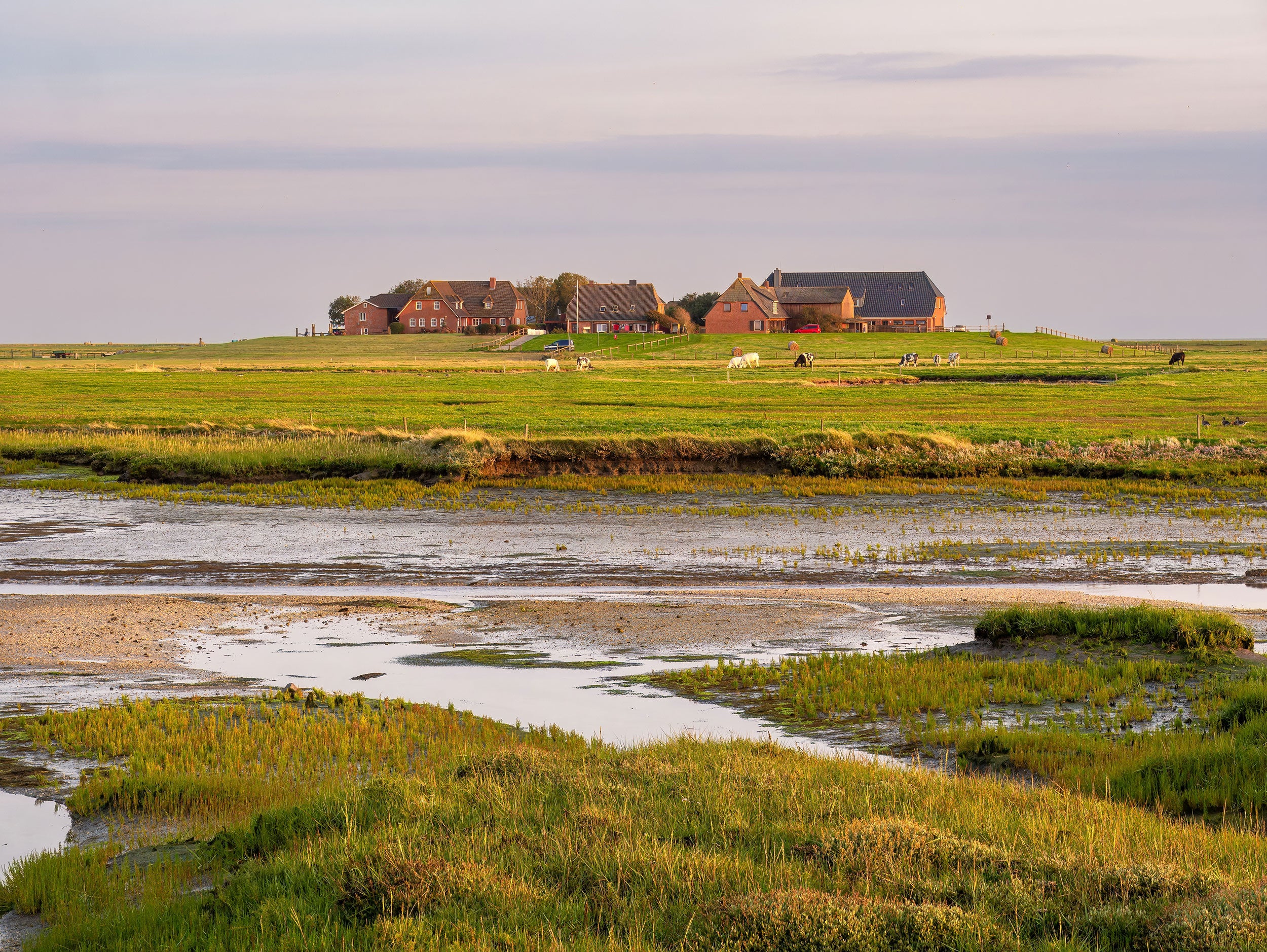

The Halligen contribute approximately 2,200 hectares to agriculture, primarily as grazing land for livestock. Life and economic activity on these islands depend entirely on coastal protection.
For residents, it is a dream to live in ocean-bound solitude, where they expect flooding up to the edge of their warft.
The challenge arises when unpredictable weather or coastal threats leave them unprepared, unable to move livestock or sustain their lifestyle.
“Farming is not the word for it,” Kruse said. “My main job is to protect my home.”
Jake Zajkowski is a freelance agriculture journalist covering farm policy, global food systems and the rural Midwest. Raised on vegetable farms in northern Ohio, he now studies at Cornell University.


